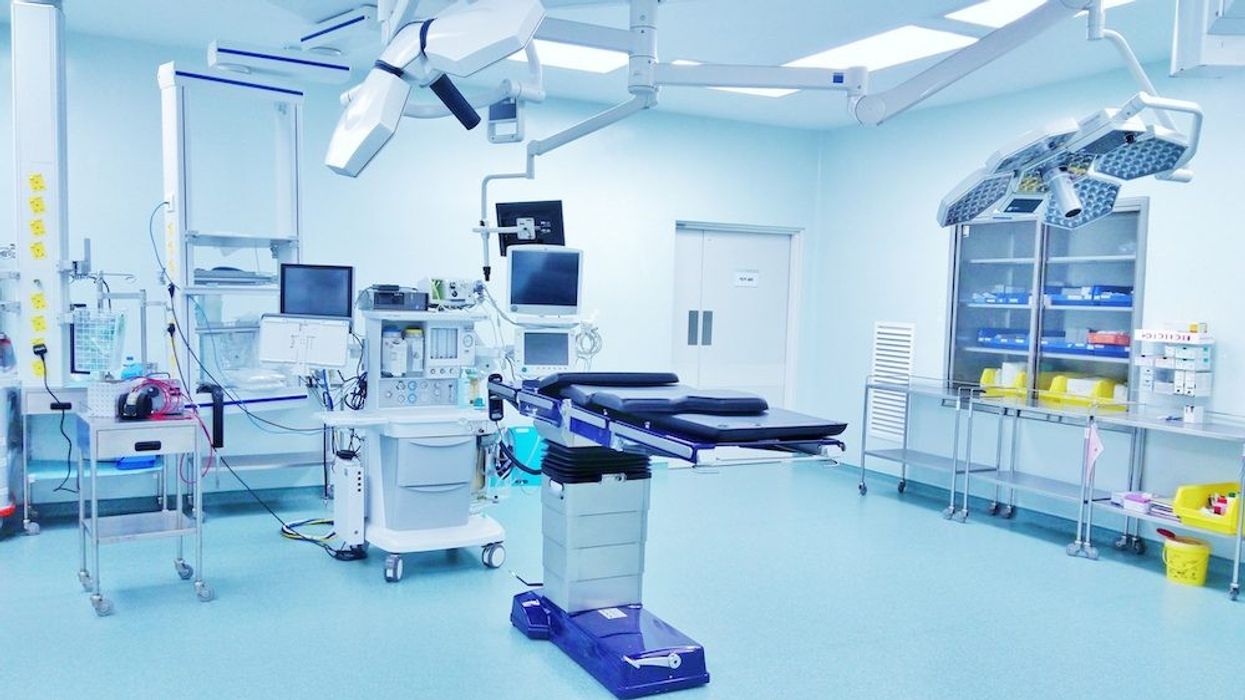The life sciences sector is increasingly popular with investors, and while the emergent asset class has limitations in Canada that don’t exist south of the border, its relative nascence means there won’t be a better time to invest than the present.
“I think from a growth perspective, the macro thesis is one where demographics of an aging population, greater focus on health and wellbeing, and obviously the pandemic, means there’s a very strong tailwind behind the sector,” said Carl Gomez, Chief Economist and Head of Market Analytics Canada at CoStar Group.
“The other side of that too is from a technological standpoint: there’s more and more innovation from biomedicine and other forms of technology into the medical and life sciences field. Considerable research dollars are going there too, so from an investor standpoint, yeah, you really want to play in that space because there’s growth opportunity, and as with any type of investment, the most opportunity for growth and return comes from the entry point, the earliest point. And that’s where we are with that sector, which is why a number of investors are interested.”
Lease Cash-Flow Potential Can Offset Upfront Capital Investment
Life science facilities can be established in an office building or an industrial asset, but the upfront capital requisition could be prohibitive for some, Keith Reading, Director of Research at Morguard, tells STOREYS. However, in the US, where the life sciences sector is better established, rents can command as much as $40-100 USD per square foot, offsetting the steep capital costs for equipment and retrofits. Moreover, the race to find a COVID-19 vaccine drove substantial investment dollars into the sector, which Reading believes will continue growing significantly over the next decade.
Read: Competition Has Never Been Hotter for GTA Industrial Space
“In Canada, rents go in the $35-45 [CAD] range, which is still a pretty high range,” Reading said. “A lot of investors and developers look at this as a source of growth. They look at what’s happening south of the border, where Boston is the primary life sciences market in the US, although there are other major ones too, like San Francisco and the Washington, DC and Virginia area. In Canada, prime real estate is controlled by pension funds and a few other institutions, so if you’re an investor who wants to be in real estate, you have to look at other alternatives, and we will see growth in life sciences.”
Getting In On the Ground Floor
However, there are risks with the asset class. Because it’s in its infancy, investors need to educate themselves, which is one reason they seek partners with extra teeth in the field. Life sciences requires a lot of expertise, Reading reminds, as evidenced by how few players there are in the established US market.
“If you look at it in the US, there’s been a lot of new development in life sciences and it’s been done by companies you can count on one hand,” he said. “That really tells you the expertise that’s required. There are three or four big life sciences developers in the US and they dominate the market because they have that expertise.”
The other risks are how expensive upgrading an existing building can be, and that some companies in the industry have difficult balance sheets because, often, after their initial round of funding, it’s anyone’s guess where additional funds will come from, and that could make investors, who prefer long-term security, circumspect.
“It’s not like developing an office building,” Reading said. “This requires a very specific skillset because there could be issues with draining, weighting on floors, and it requires specific equipment. If you look at what you’re dealing with, it can be things like infectious diseases and labs, and depending on the experiment, there are gasses and fluids, so you have to understand this asset class to be able to operate it.”
Canadian Marketplace Poses Unique Challenges
Gomez also says that, in Canada, the public healthcare system gives the government more oversight in growth and development, and that ultimately reduces opportunities for the private sector. Compared to the US, where life science facilities are an extension of private medicine, it is a modest asset class in Canada, especially because dedicated life science facilities seem to overlap with suburban office in many places.
But because public health is the preponderant player in Canada’s life sciences sector, institutional capital will likely stay away. Gomez says that if an institutional player has $20-billion worth of assets under administration, a smaller-scale investment isn't worthwhile.
“But if you’re a smaller investor and you’re going to make an investment in that market, yeah, absolutely there are great opportunities because you can do a $10- 20-million building and lease that up with goods rents. You can do quite well,” Gomez said. “Depending on the size and scale of those investors, they might not be able to get scale in Canada because it’s smaller and more fragmented, so a pension fund or institutional investor might take a deeper dive in the United States. In Canada, from a development standpoint, a smaller merchant has opportunity.”
The life sciences market is presently underserved, providing yet more incentive for smaller investors to take a harder look. In the GTA, for example, the new Oakville Trafalgar Memorial Hospital is surrounded by employment land primarily dedicated to office and industrial units, but there are also medical office facilities too, indicating that locations can be versatile.
“COVID-19 absolutely has influenced growth in life sciences and it will continue to,” Reading said. “A lot of the money tends to come from venture capitalists and a lot of the work is coming out of universities with significant research platforms, as well as hospitals and other medical uses. There’s a big push and a lot of room for growth over the next 5-10 years. It’s not just COVID driving this, although that has been a big driver of late, it’s also the health field that’s driving this.”





















